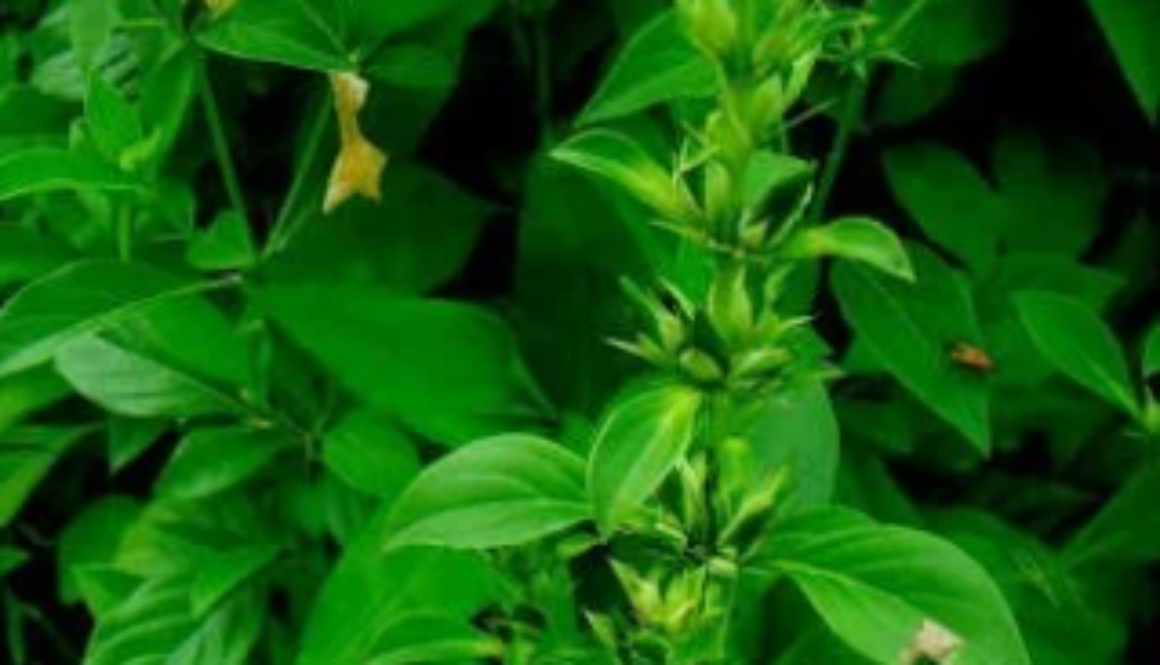Bajardanti
Occurring wild in ravines, hillocks, rocky and shady habitats in the hotter parts of area. Very often planted as hedge also. A much branched prickly undershrub with 2 or 4 branched axillary spines. Leaves opposite, elliptic, lanceolate and acuminate at both ends. Flowers yellow, sessile in terminal spikes. Fruit is a 2- seeded capsule with a tapering solid beak. Seeds are much compressed and ovate. Flowering and fruiting in December to April.
Part used: Whole plant
Usage: Decoction of plant is used as a wash in dropsy. Decoction of young branches and bark relieves pain and swelling in the gums. Fresh juice of bark is diaphoretic and expectorant. Twigs are used as tooth-brush. Root
extract is taken orally for leucorrhoea. Root paste is applied externally to reduce boils and glandular swellings. The fresh leaves are crushed and tied on the wounds for early healing and to relieve rheumatic pains, scabies and itches. Gargling with leaf decoction relives toothache. The leaf juice is useful in fever and cough.
Agrotechniques : Since it is wildly found in nature, its Agrotechniques is· not available. It can be cultivated through stem cutting and seeds.

